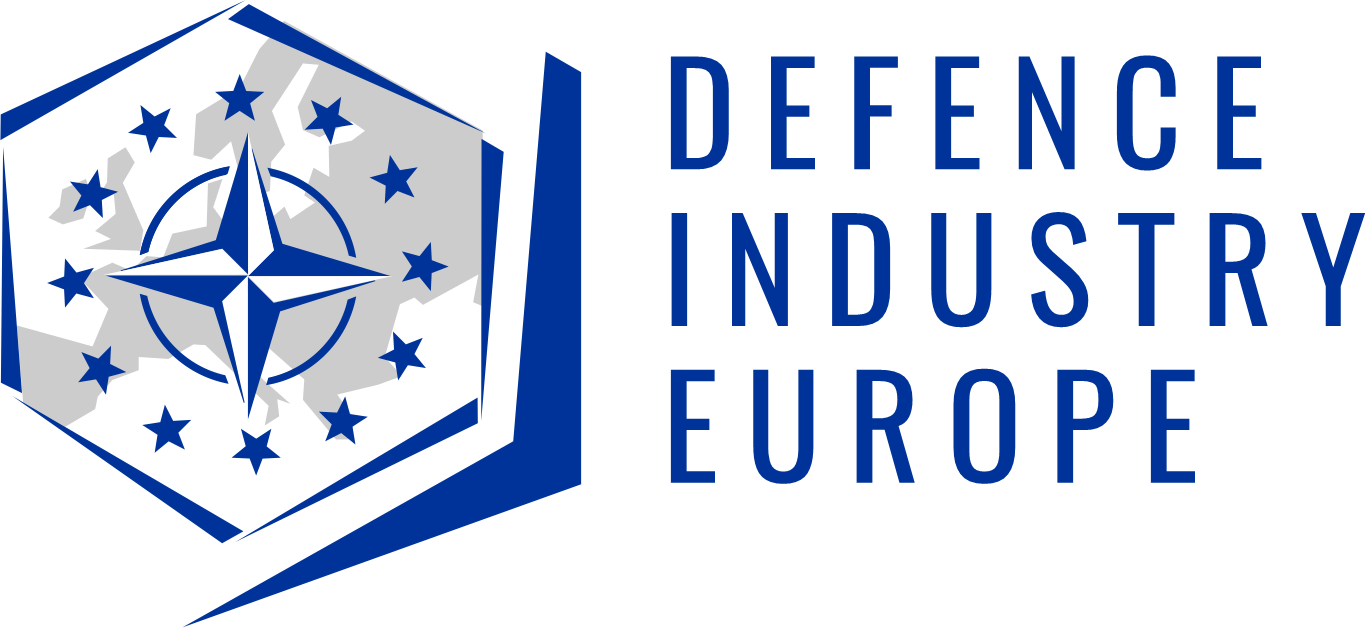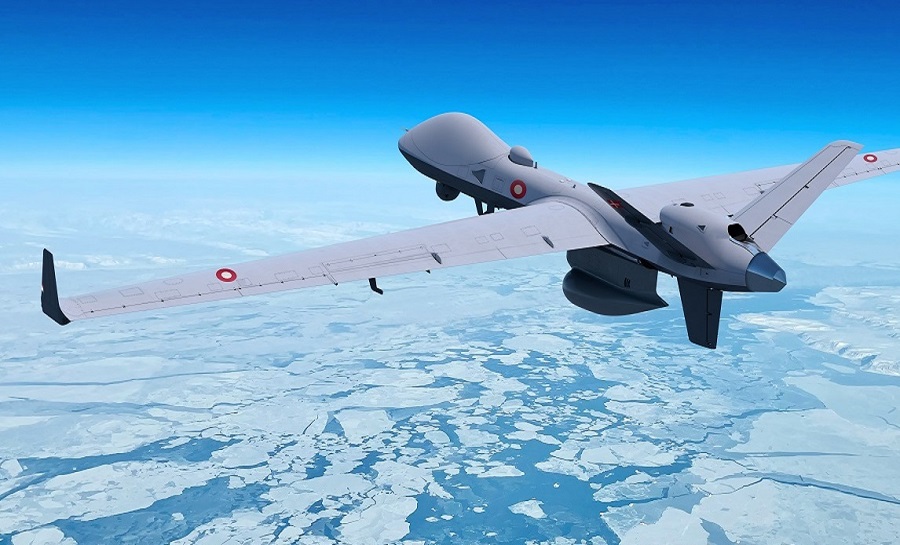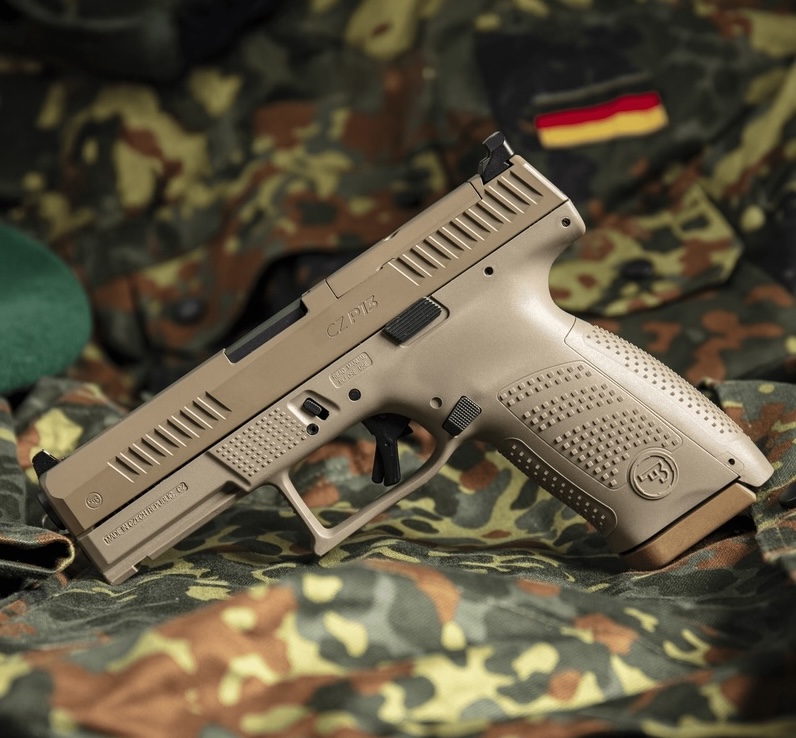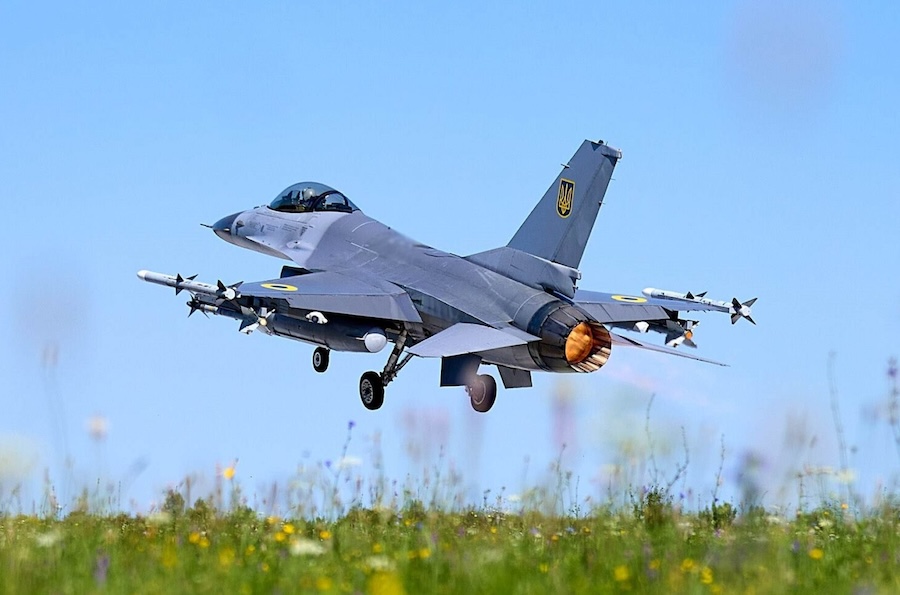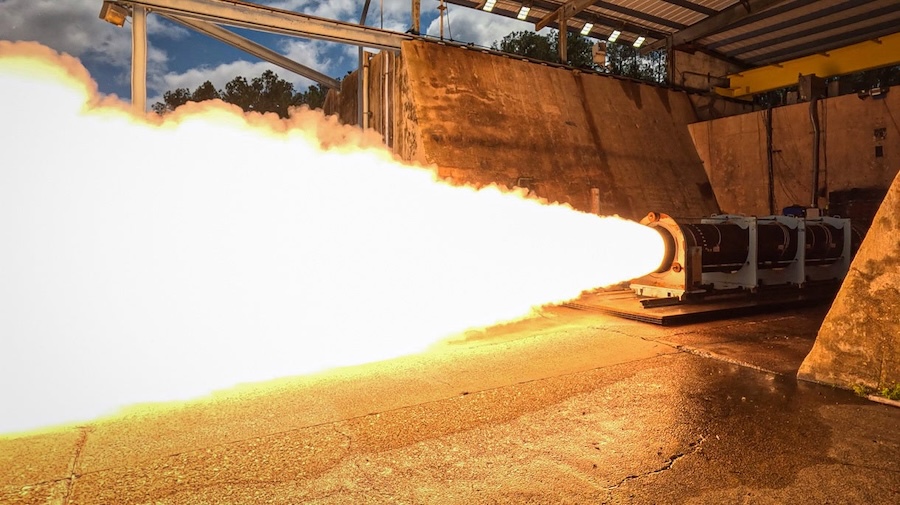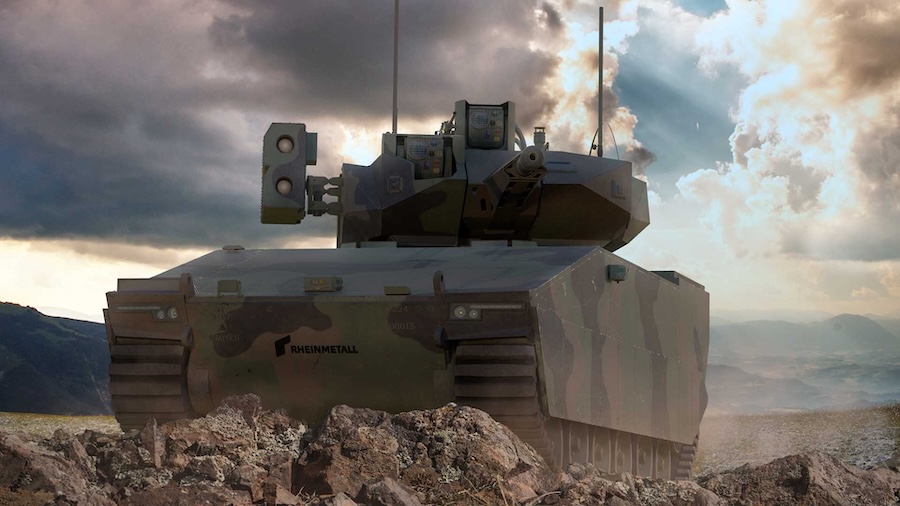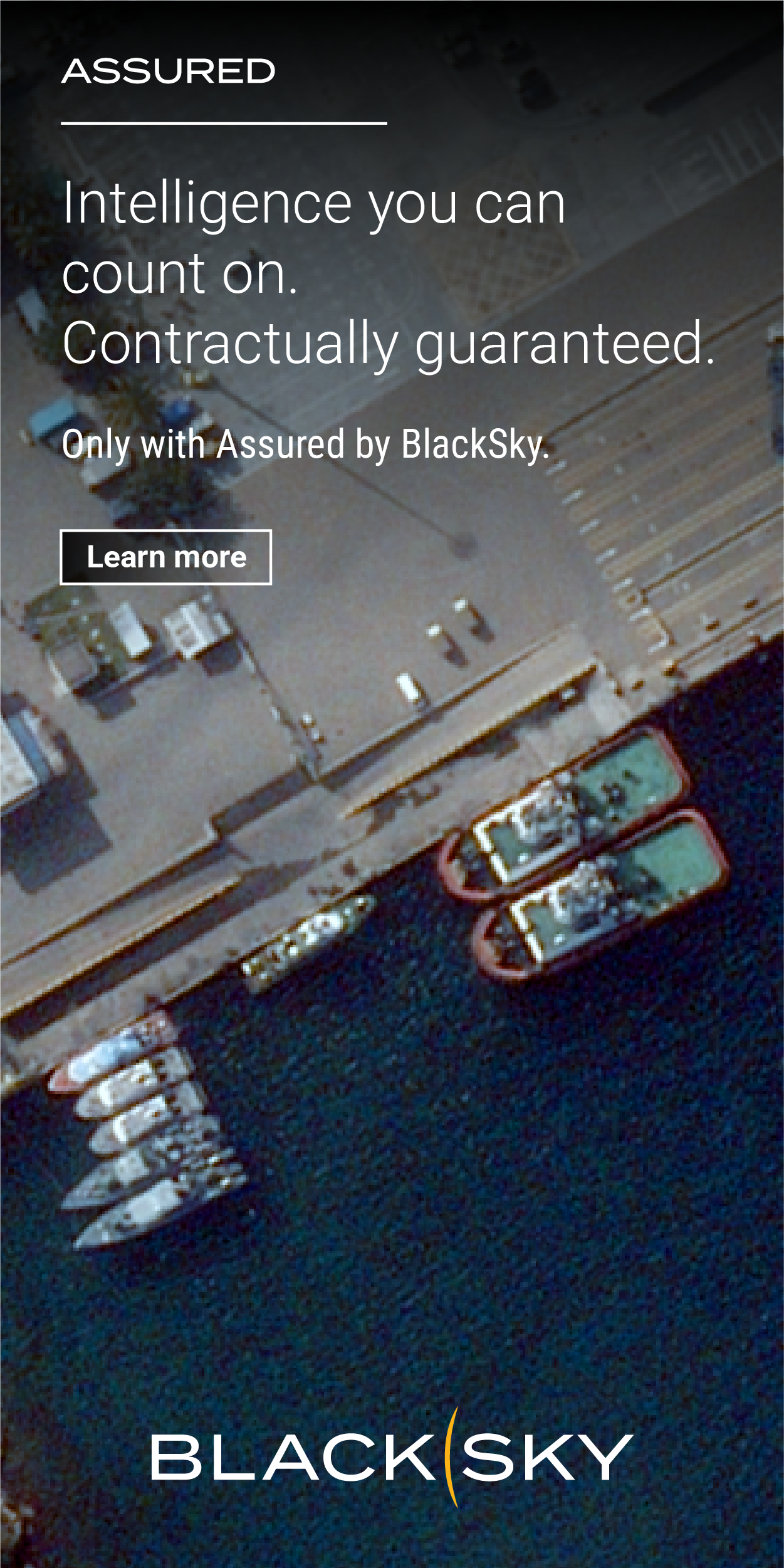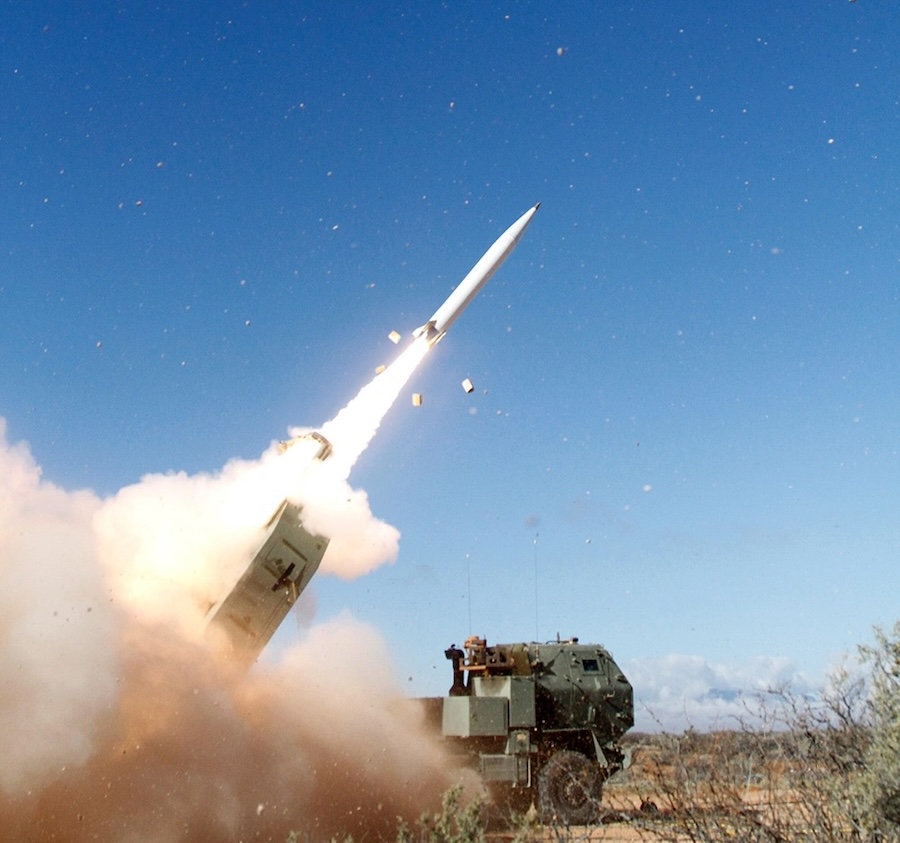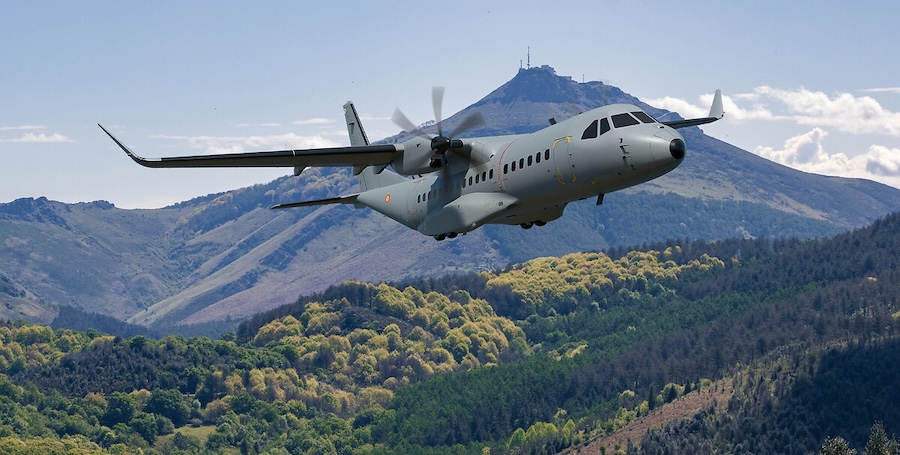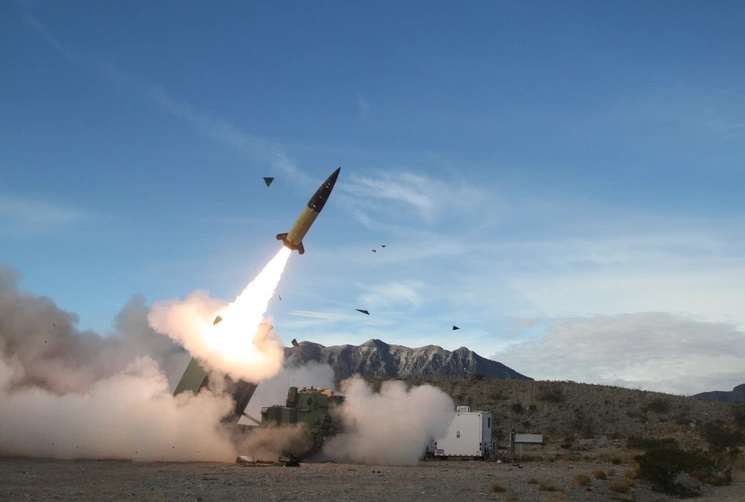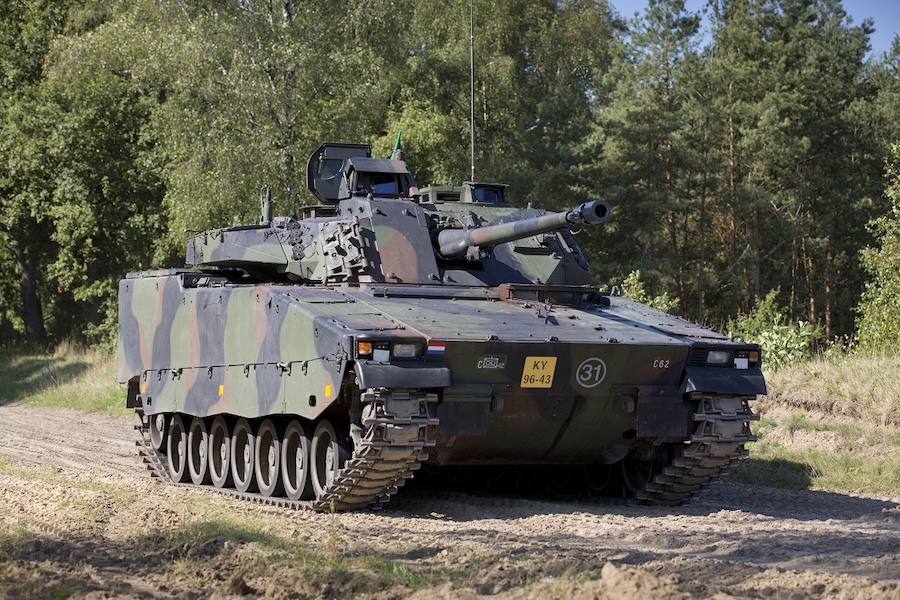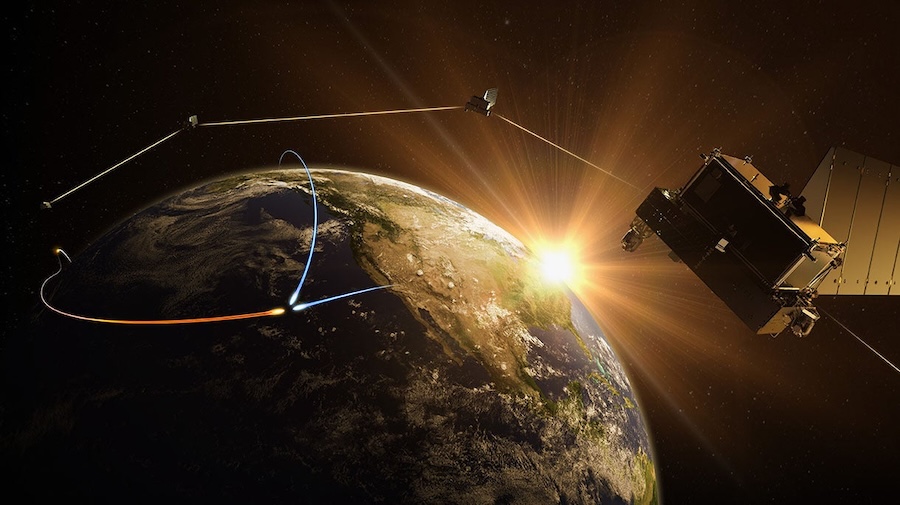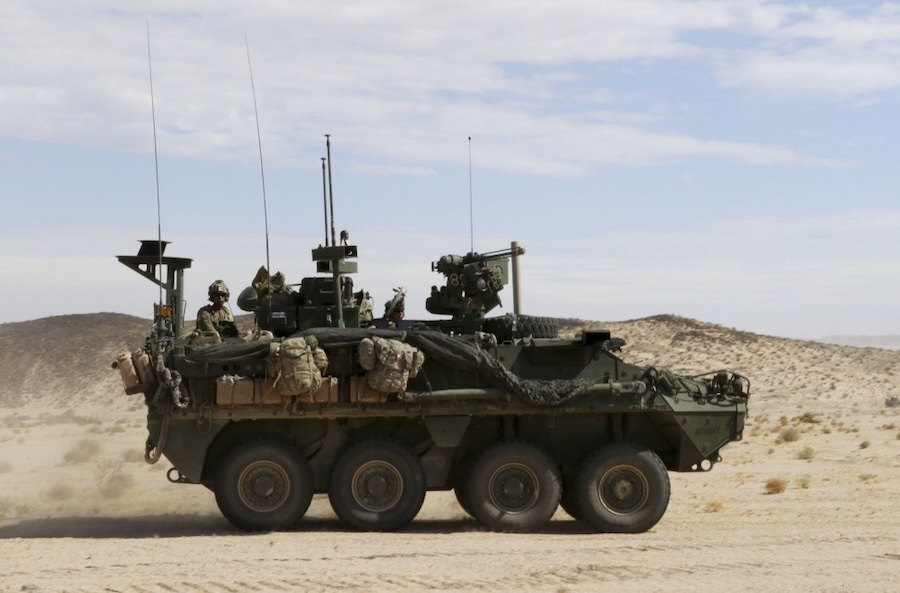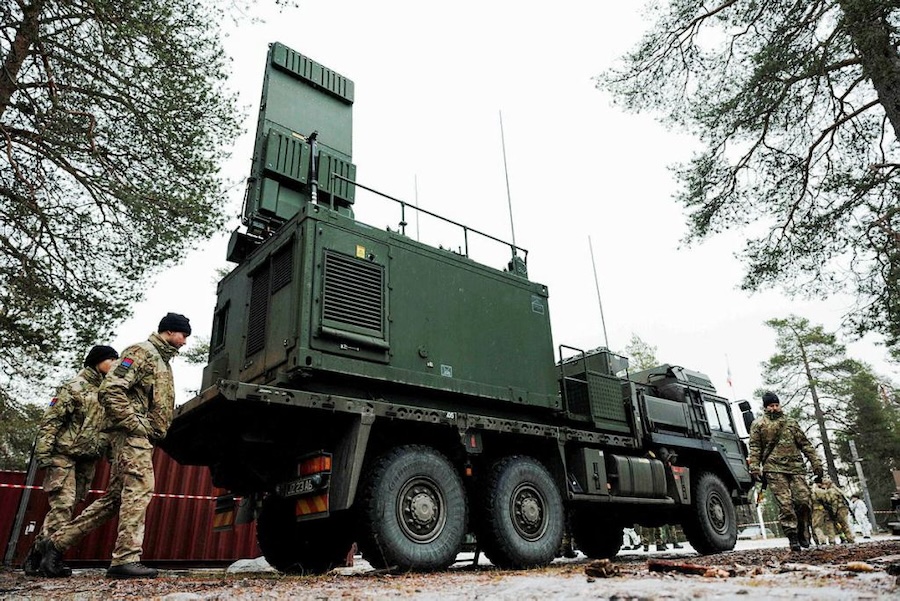With a wingspan of 24 metres and a length of nearly 12 metres, the high-endurance drones resemble aircraft but lack a cockpit, reflecting their unmanned nature. Equipped with advanced sensors and signals intelligence technology, they are designed to operate over vast distances and withstand some of the world’s harshest climates.
“This is a gamechanger for Danish defence,” said Colonel Klaus Qvist, Head of the Air Division at FMI. “The drones give us a completely new ability to monitor, respond and share information with our NATO partners.”
General Atomics Aeronautical Systems, Inc. (GA-ASI), the manufacturer, notes that Denmark joins the UK, Belgium, and Poland in selecting the MQ-9B, a platform well-suited for the North Sea, Norwegian Sea, and Baltic Sea. “First, we earned MTC and now we’ve added Denmark to the U.K., Belgium, and Poland as MQ-9B customers in Europe,” said GA-ASI President David R. Alexander.
The MQ-9B offers pole-to-pole satellite control, de-icing systems for Arctic operations, and an in-house-developed Detect and Avoid System that allows safe operation in unsegregated civilian airspace. It was the first large remotely piloted aircraft to receive a Military Type Certificate (MTC) from the UK’s Military Aviation Authority, certifying unrestricted geographic operation.
“Security policy is constantly evolving, and Europe must do more for itself,” said Danish Defence Minister Troels Lund Poulsen. “This is a decisive step in that direction. With the acquisition of four long-range drones to increase surveillance in the Arctic and North Atlantic, we are strengthening both Danish and European security, while reinforcing our NATO contribution.”
NSPA is enabling European countries to jointly procure the MQ-9B, facilitating cooperation, interoperability, and shared training among allied nations. “This procurement demonstrates how NSPA enables efficient, effective and responsive multinational acquisitions for advanced, interoperable capabilities,” said NSPA General Manager Stacy A. Cummings. “We are proud to support Denmark in this strategic investment for national maritime surveillance and security.”
Colonel Qvist added, “Introducing this type of technology is a complex task. By joining with other NATO countries through NSPA, we gain access to experience, standards, and solutions that make us far better equipped to succeed with implementation.”
The drones will play a critical role in Danish operations across the Arctic, North Atlantic and Baltic regions, enhancing real-time situational awareness during peacetime and crisis. Their versatile capabilities will also support environmental monitoring, search and rescue missions, and intelligence operations.
Before entering service, the drones must undergo certification for national and international airspace to operate safely alongside civilian aircraft. Initial deliveries are expected between 2028 and 2029, with Danish personnel scheduled to undergo training in the United States prior to deployment in Denmark.
The procurement package includes not only the drones and ground control stations, but also training, maintenance, and all necessary equipment, marking a significant enhancement of Denmark’s long-range surveillance infrastructure.



